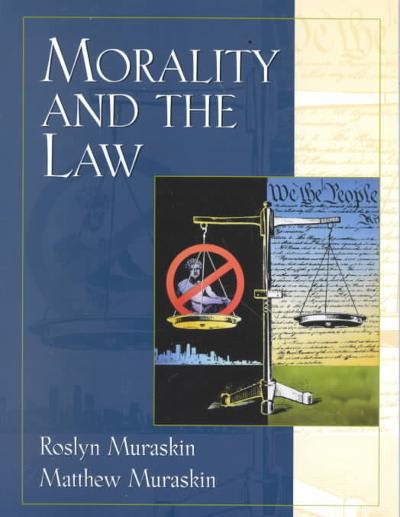Question
Anne owned a four story apartment building in Centerville, with parking for tenants in the basement, commercial spaces at the street level for retail, and
Anne owned a four story apartment building in Centerville, with parking for tenants in the basement, commercial spaces at the street level for retail, and residential units of 1- or 2-bedrooms on the second to fourth floor.
1. Anne had a written and signed contract of lease with Bill to rent a 1-bedroom apartment from June 1, 2020 to May 31, 2024. It was Bill's signature on the lease, and he paid the monthly rent of $1000, but it was his son Clyde who was listed as the tenant and who occupied the apartment.
2. Anne had a written and signed contract of lease with Dina to rent a 2-bedroom apartment from April 1, 2018 to March 31, 2023, for $2000 per month. Dina's next door neighbor was Eliot, and the two often chatted while waiting for the elevator. Eliot had a written and signed contract with Anne to rent a 2-bedroom apartment from January 1, 2019 to December 31, 2023, for $1200 per month.
3. Eliot had a problem. On Tuesdays and Thursdays when he got home from work, there was often somebody else's car parked in his designated spot in the basement, forcing Eliot to park on the street. One day when he was working from home on a Tuesday, he went to the basement at that time and found the driver of the offending car. The driver, Fran, was unapologetic, insisting that she only put her car there for 20 minutes when she stopped to pick up rolls from the bakery on her way home from work. Since it was clear that Fran did not plan to stop, Eliot offered her $500, to be paid in one year, if she ceased parking in his spot for the year. Fran agreed.
4. Anne had a written and signed contract of lease with Gina to rent a 2-bedroom apartment from July 1 2020 to June 30, 2023, for $1500 per month. In May 2021, Gina applied for a job opening posted by H-corp. H-corp sent Gina a job offer proposing a position paying $4000 per month, but the job was in the main H-corp office, which is located in Outerville, more than 2 hours drive from Centerville. Gina sent a letter to Anne on May 20, 2021, stating that she was leaving the city and as a result needed to break the lease. The letter stated she would pay the rent for June, but that would be the last month.
5. Igor lived with his parents, about an hour's drive from Anne's building. In May, 2021, he got a job in the mail room at an office building a short walk from Anne's building. He inquired about renting an apartment, but Anne informed him that there were no vacant apartments.
6. Jill had a written and signed contract of lease with Anne to rent one of the commercial spaces on the street level of the building from January 1, 2019 to December 31, 2024, for $3000 per month. The lease made no mention of the nature of Jill's business, but Jill told Anne when she signed the lease that she planned to open a travel agency. She did in fact open up a travel agency on February 1, 2019.
7. Ken had a written and signed contract of lease with Anne to rent one of the commercial spaces on the street level of the building from June 1, 2018 to May 31, 2022 for $3000 per month. Ken planned to open up a laundromat, and so he insisted that the lease include the following language: "in the event of a disruption in the supply of water to the unit that lasts more than 2 hours, the landlord (Anne) will pay to the tenant $1000 for every day that the disruption persists."
Please outline each part using IRAC model:
ISSUE: The first step is to identify the legal cause(s) of action that would likely be put before a court. Here you should name the parties involved, and the legal cause of action.
RULE: Next you should identify and briefly explain the relevant laws (or different elements of the law, including any relevant exceptions to the law or defenses to its enforcement) that will be used in order to decide if the action in the issue would likely be upheld by the court or not.
APPLICATION: Each rule (or element) is then applied to the facts of the case given in the scenario, to determine whether the requirement of this rule/element is satisfied or not.
CONCLUSION: Finally, you will suggest how a court would most likely rule on the outcome based upon your application(s) of each rule/element(s), essentially giving a brief answer to the question you asked in the Issue section.
Step by Step Solution
There are 3 Steps involved in it
Step: 1

Get Instant Access to Expert-Tailored Solutions
See step-by-step solutions with expert insights and AI powered tools for academic success
Step: 2

Step: 3

Ace Your Homework with AI
Get the answers you need in no time with our AI-driven, step-by-step assistance
Get Started


